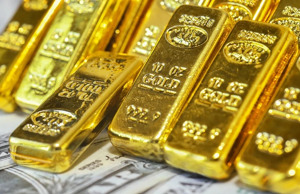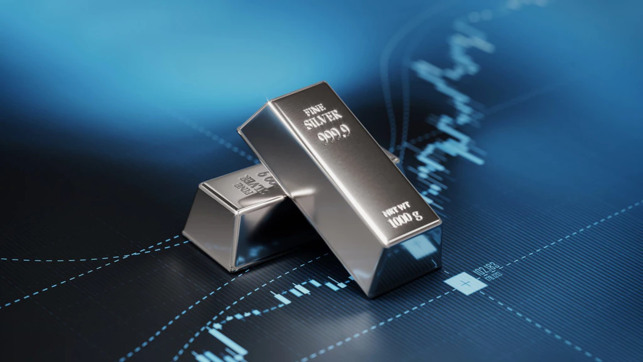Tavex uses cookies to ensure website functionality and improve your user experience. Collecting data from cookies helps us provide the best experience for you, keeps your account secure and allows us to personalise advert content. You can find out more in our cookie policy.
Please select what cookies you allow us to use
Cookies are small files of letters and digits downloaded and saved on your computer or another device (for instance, a mobile phone, a tablet) and saved in your browser while you visit a website. They can be used to track the pages you visit on the website, save the information you enter or remember your preferences such as language settings as long as you’re browsing the website.
| Cookie name | Cookie description | Cookie duration |
|---|---|---|
| tavex_cookie_consent | Stores cookie consent options selected | 60 weeks |
| tavex_customer | Tavex customer ID | 30 days |
| wp-wpml_current_language | Stores selected language | 1 day |
| AWSALB | AWS ALB sticky session cookie | 6 days |
| AWSALBCORS | AWS ALB sticky session cookie | 6 days |
| NO_CACHE | Used to disable page caching | 1 day |
| PHPSESSID | Identifier for PHP session | Session |
| latest_news | Helps to keep notifications relevant by storing the latest news shown | 29 days |
| latest_news_flash | Helps to keep notifications relevant by storing the latest news shown | 29 days |
| tavex_recently_viewed_products | List of recently viewed products | 1 day |
| tavex_compare_amount | Number of items in product comparison view | 1 day |
| Cookie name | Cookie description | Cookie duration |
|---|---|---|
| chart-widget-tab-*-*-* | Remembers last chart options (i.e currency, time period, etc) | 29 days |
| archive_layout | Stores selected product layout on category pages | 1 day |
| Cookie name | Cookie description | Cookie duration |
|---|---|---|
| cartstack.com-* | Used for tracking abandoned shopping carts | 1 year |
| _omappvp | Used by OptinMonster for determining new vs. returning visitors. Expires in 11 years | 11 years |
| _omappvs | Used by OptinMonster for determining when a new visitor becomes a returning visitor | Session |
| om* | Used by OptinMonster to track interactions with campaigns | Persistent |
| Cookie name | Cookie description | Cookie duration |
|---|---|---|
| _ga | Used to distinguish users | 2 years |
| _gid | Used to distinguish users | 24 hours |
| _ga_* | Used to persist session state | 2 years |
| _gac_* | Contains campaign related information | 90 days |
| _gat_gtag_* | Used to throttle request rate | 1 minute |
| _fbc | Facebook advertisement cookie | 2 years |
| _fbp | Facebook cookie for distinguishing unique users | 2 years |
Gold Price Eases Slightly Following Middle East Ceasefire

The gold price saw a correction in the second half of June, declining from around $3,450 per troy ounce to a range of $3,255–$3,270. This represents a drop of approximately 5–5.5%, bringing prices back to levels last seen in early May.
A key driver behind this movement was the evolving situation in the Middle East. After the escalation of hostilities between Israel and Iran – including missile strikes on major cities such as Tel Aviv and Tehran – gold prices surged sharply, reaffirming gold’s traditional role as a safe haven during periods of geopolitical turmoil. However, the subsequent ceasefire announced by the US, following strikes on Iranian nuclear facilities, led to a reduction in risk sentiment and a pullback in prices in the financial market.
“As expected, gold initially gained, then temporarily lost the risk premium arising from the conflict. This premium amounted to about $150 per troy ounce,”
commented Max Baklayan of Tavex.
“The yellow metal reacted exactly as anticipated: it rises during geopolitical crises and retreats when tensions ease,” he added.
Fundamental Drivers Remain Intact

Despite short-term volatility, the long-term fundamentals supporting gold remain strong:
- Ongoing large-scale purchases by central banks – over 1,000 tonnes annually
- Rising uncertainty within the global financial system
- The gradual monetisation of public debt across many economies
Baklayan further noted:
“The recent correction is a reminder of my advice to approach gold as a long-term investment, with at least a five-year horizon. The best ally of a gold investor is the major trend. Price dips offer a valuable opportunity for those who have yet to enter the market or have been waiting for a more favourable entry point. Now is an excellent moment for such investors.”
Looking Ahead: US Economic Signals and Interest Rates
Attention now turns to the US, where upcoming economic data is expected to provide crucial signals for gold as investment decisions. Recent reports indicate a decline in consumer sentiment indices, suggesting a possible economic slowdown and mounting pressure on the labour market.
Analysts believe this could prompt the Federal Reserve to cut interest rates sooner than previously expected, a move that historically supports higher gold prices.

















